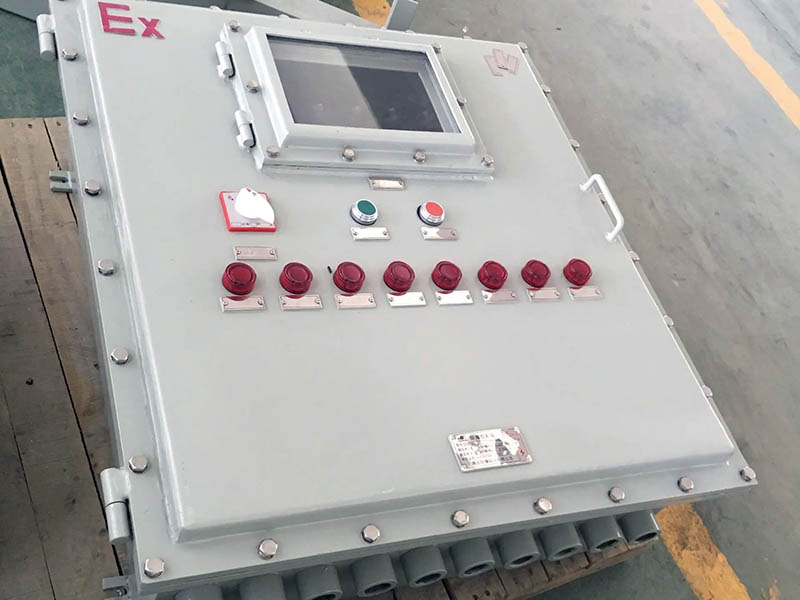The quality of purchased explosion-proof electrical equipment is paramount, as it directly influences the installation quality and the overall standard of explosion-proof safety in projects. Ensuring safe construction and project delivery necessitates rigorous initial inspections of the electrical equipment to confirm compliance with usage requirements.

Key Considerations:
1. Confirm the explosion-proof certification’s validity and relevance to the specific product.
2. Cross-check that the product’s nameplate details correspond with those on the certification.
3. Assess whether the equipment aligns with explosion-proof standards through an examination of its exterior and some observable structural features.
4. Verify the correct installation and the availability of all necessary accessories or fittings. (Note: The validation of explosion-proof electrical equipment can be conducted either through professional inspection bodies or by company equipment managers with explosion-proof proficiency.)
Frequent Quality Concerns:
1. The absence of an explosion-proof certification for the product or its non-compliance within the certificate’s scope. (Note: Domestic explosion-proof electrical products don’t have a defined lifespan, whereas foreign products must adhere to the latest standards. Moreover, data such as dust prevention diameter on dust explosion-proof electrical equipment certificates must remain unaltered.)
2. Non-conformity of the product with environmental usage conditions, like unsuitable explosion-proof selection or inadequate enclosure protection levels (plastic enclosures are not acceptable).
3. Missing essential installation accessories and parts, such as cable glands, blind pads, bolt washers, grounding wires, compression nuts, etc.
4. Equipment quality falling short of explosion-proof standard requirements, such as scratches or paint on the explosion-proof surfaces.
 Shenhai Explosion-Proof
Shenhai Explosion-Proof
